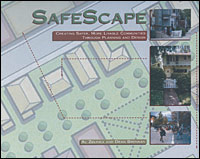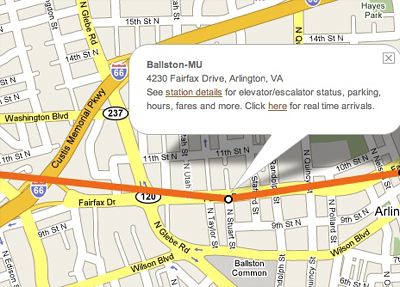The term public-private partnerships, often abbreviated PPP, has come to include two very different arrangements. One arrangement, which I prefer to call franchises, has proven very successful. Advocates of the other arrangement, which I shall call corporatism because the name I prefer is too emotion-laden, are riding on the coattails of the success of franchises.
The Antiplanner discussed this subject six months ago. But the topic has come up in the comments so it is worth repeating.










